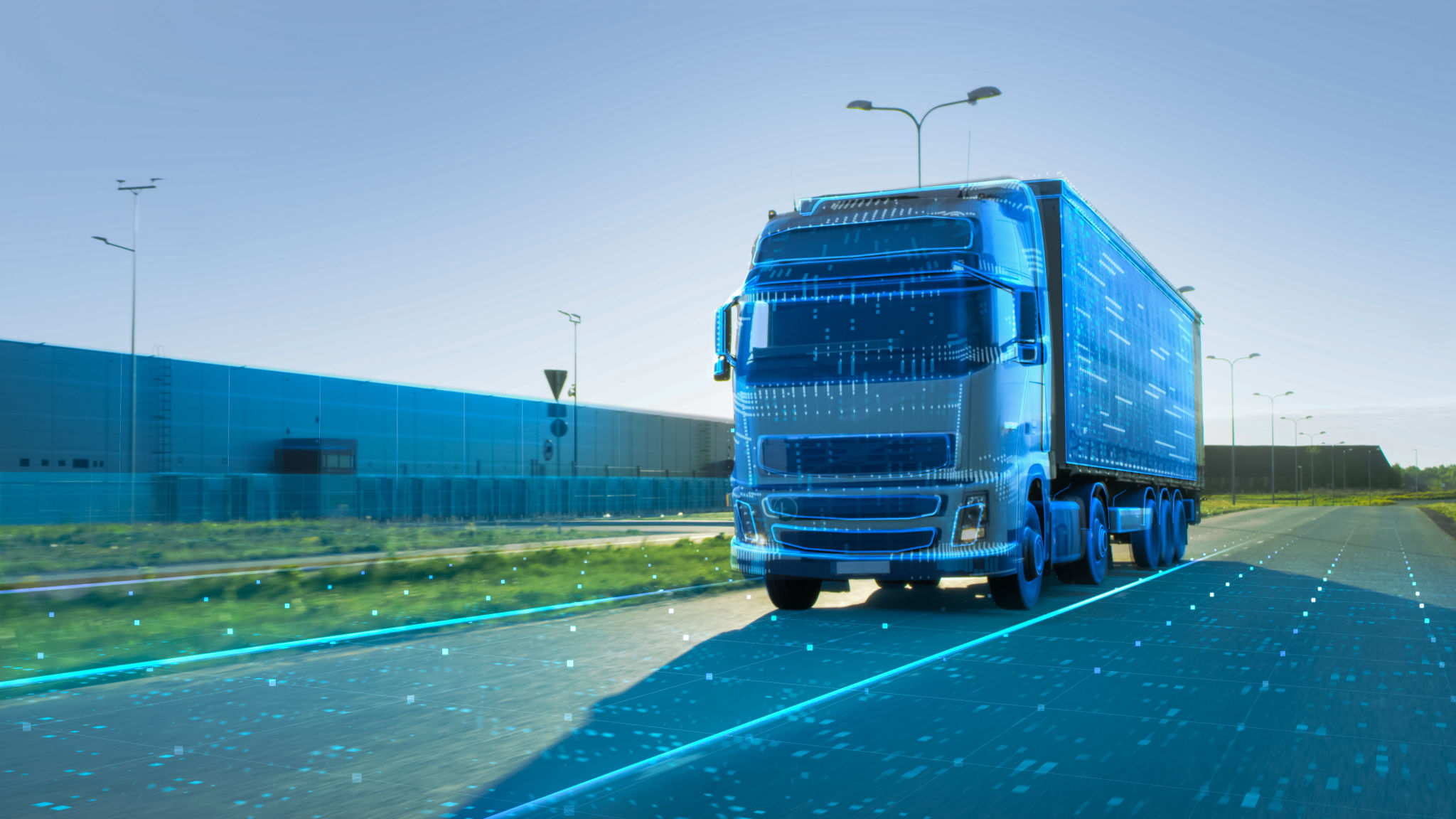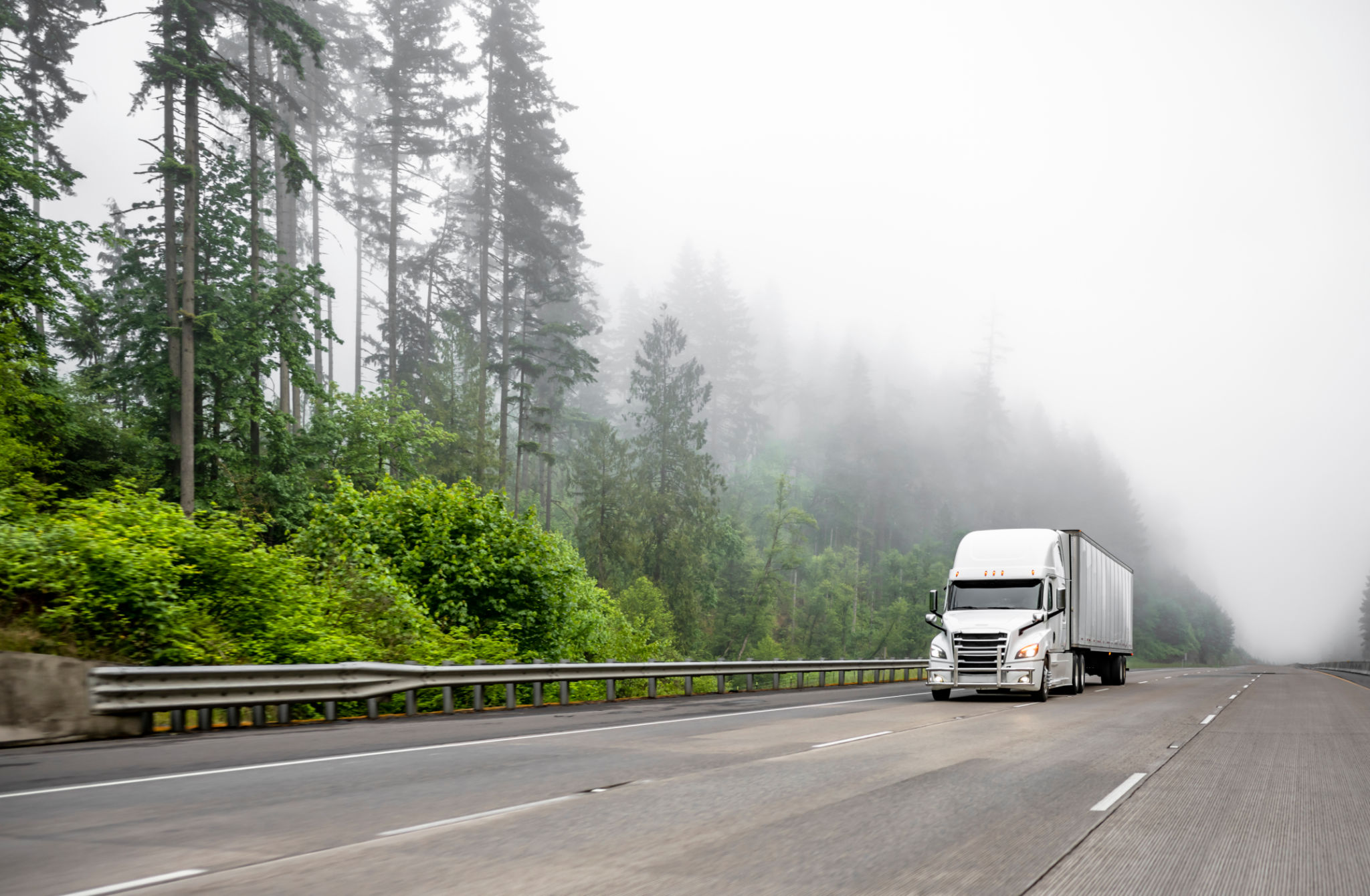Dispatching vs. Self-Driving: The Future of Trucking
The Evolution of Trucking: Dispatching vs. Self-Driving
The trucking industry is at a crossroads, facing transformative changes that promise to redefine the way goods are transported across the globe. At the heart of this evolution are two key concepts: dispatching and self-driving technology. Understanding their roles and potential impact is crucial for stakeholders invested in the future of trucking.

Traditional Dispatching: The Backbone of Trucking
For decades, dispatching has been the backbone of the trucking industry. It involves coordinating logistics, assigning drivers to routes, and ensuring timely delivery of goods. Dispatchers play a critical role in managing schedules, navigating unforeseen challenges, and optimizing routes to maximize efficiency. Despite its proven effectiveness, traditional dispatching faces challenges such as human error, limited real-time data access, and rising operational costs.
However, advancements in digital technology have modernized many aspects of dispatching. Today, software solutions offer real-time tracking, automated scheduling, and data-driven decision-making, making dispatching more efficient and reliable than ever before.
Self-Driving Trucks: A Glimpse into the Future
On the other side of the spectrum, self-driving trucks represent a futuristic approach to transportation. These autonomous vehicles use artificial intelligence, sensors, and advanced algorithms to navigate roads without human intervention. The promise of self-driving trucks includes reduced operational costs, improved safety, and enhanced fuel efficiency.

While the technology is still in its nascent stage, pilot projects and trials are already underway across various regions. Companies are investing heavily in developing autonomous trucks that can operate seamlessly on highways while enhancing the overall supply chain efficiency.
Challenges and Considerations
Despite their potential, both dispatching and self-driving technologies face significant challenges. For dispatching, the primary hurdles include integrating new technologies with existing systems and training personnel to adapt to digital tools. On the other hand, self-driving trucks face regulatory challenges, safety concerns, and public acceptance issues.
Furthermore, the transition to autonomous trucking could impact employment within the industry. While new job opportunities may arise in tech and maintenance sectors, traditional driving roles could diminish over time.

The Path Forward: Integration and Collaboration
The future of trucking likely lies in the integration of both dispatching and self-driving technologies. By combining the strengths of human expertise with the precision of automation, the industry can achieve unprecedented levels of efficiency and reliability. Collaborative efforts between tech developers, trucking companies, and regulatory bodies will be essential to facilitate a smooth transition.
Moreover, embracing innovation while addressing ethical considerations and workforce impacts will ensure a sustainable evolution for the trucking industry.
Conclusion: Embracing Change
The trucking industry stands on the brink of a new era—one defined by technological advancements and innovative thinking. As dispatching evolves and self-driving trucks become more prevalent, the potential for improved logistics and transportation efficiency is immense. By understanding and adapting to these changes, stakeholders can position themselves for success in a rapidly advancing landscape.
Ultimately, embracing these innovations will not only drive progress within the industry but also set new standards for global transportation solutions.
